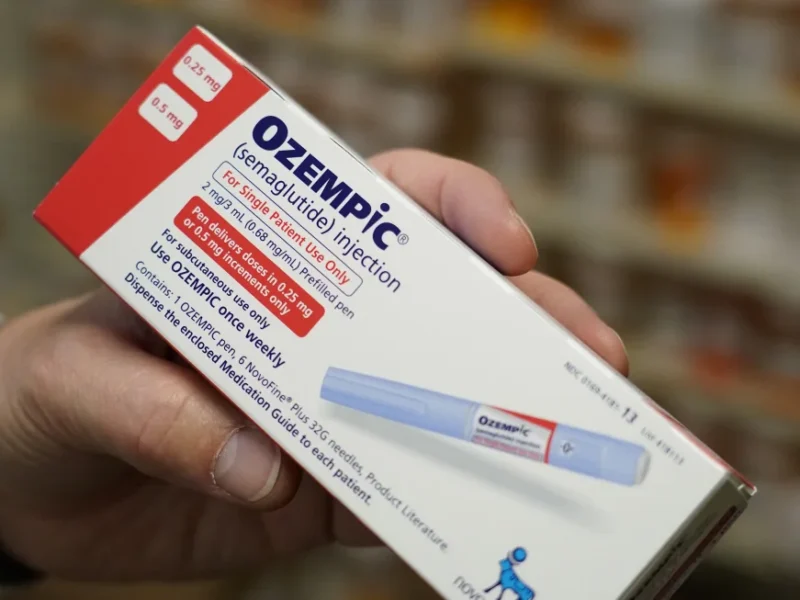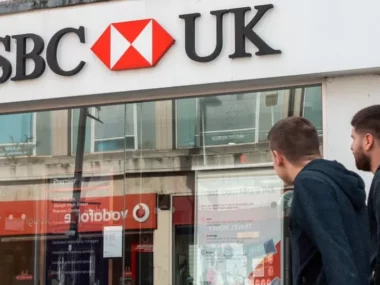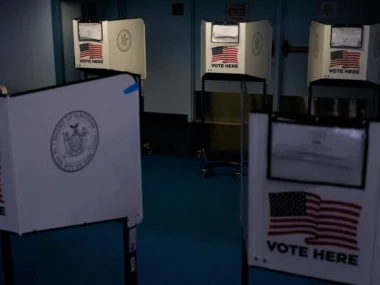Goldman Sachs analysts recently highlighted the significant economic benefits anticipated for the US economy as a result of the widespread use of popular medications like Ozempic and Wegovy, commonly used for weight loss.
These medications belong to a potent category known as glucagon-like peptide 1 (GLP-1) receptor agonists, originally designed to manage type 2 diabetes but found to be remarkably effective in aiding weight loss during clinical trials. (While Ozempic hasn’t received regulatory approval for weight loss, Wegovy, a similar drug, has.)
According to Goldman Sachs, given the undeniable impact of poor health on the economy, the improved health outcomes associated with GLP-1s could reduce costs and enhance productivity, thereby bolstering economic performance.
Goldman Sachs estimates that GLP-1s could contribute around 0.4% to the country’s gross domestic product (GDP) under a scenario where 30 million individuals use these drugs and 70% experience benefits. This figure could potentially rise to 1% if 60 million Americans consistently take these medications.
Considering the US economy’s size, approximately $28 trillion in the fourth quarter, Goldman Sachs’ optimistic projection suggests that GLP-1 drugs alone could augment output by a trillion dollars over the next four years.
However, the actual impact hinges on factors such as production scale and patient adherence to treatment plans. The report also delves into the potential ramifications of healthcare innovation driven by artificial intelligence and advancements in gene editing.
Goldman Sachs analysts regard the current wave of healthcare innovation as not only a promising development on a human and micro level but also as a macroeconomic story with the potential to yield substantial economic gains across various scenarios.
The financial ramifications of subpar health
Extensive research indicates that poor health significantly hampers Americans in the workforce, resulting in some individuals being sidelined and others working fewer hours.
Goldman Sachs analysts estimate that due to factors such as sickness, disability, premature deaths, and informal caregiving responsibilities, poor health diminishes US economic output by approximately 10% annually.
Obesity and its associated complications further limit the labor supply in the United States. Government data reveals that over a third of Americans are overweight, with more than 42% classified as obese. Additionally, nearly half of US adults report attempting weight loss within the past year.
The Goldman Sachs report highlights academic findings indicating that obese individuals are both less likely to participate in the workforce and less productive when they do. The report suggests that advancements in healthcare leading to improved health outcomes could alleviate the economic burden of poor health, potentially resulting in a significant boost to economic output.
Enhanced availability but heightened expenses
The surge in demand for GLP-1 medications has prompted pharmaceutical companies like Novo Nordisk and Eli Lilly, the maker of Mounjaro, to significantly ramp up production capacities, investing billions of dollars in expansion efforts.
However, accessing these drugs has become challenging, if not impossible, for some obese individuals without diabetes, as noted by Jody Dushay, an attending endocrinologist at the Beth Israel Deaconess Medical Center, in a recent CNN opinion piece.
Novo Nordisk, the manufacturer of Wegovy, has announced plans to enhance drug availability for Americans by substantially increasing the supply of lower-dose strengths of Wegovy compared to previous months, as stated by Doug Langa, the company’s head of North America operations, during a recent call with analysts.
Despite their efficacy, GLP-1 medications are known for their high costs, which have recently escalated further. Novo Nordisk raised the list price of Ozempic by 3.5% to $969 for a four-week supply in January, while Eli Lilly increased the price of Mounjaro by 4.5% to $1,069 for a four-week supply last month, according to 46brooklyn, a nonprofit drug pricing analytics firm. However, the actual amount Americans pay for these medications depends on their health insurance coverage, rather than the list prices set by drug manufacturers.











